It’s been a rough start to the year with natural disasters in North America and beyond, including most recently the devastating wildfires in Southern California. The images are heart wrenching and the impact on lives and property are far-reaching, and not just on those directly involved.
The ripple effect of natural disasters and climate events can also reach the Canadian insurance marketplace, causing property insurance costs to rise and insurance companies to become more restrictive with their coverages.
Why are Home Insurance Rates Going Up?
In recent years, homeowners may have noticed an increase in their home insurance premiums. One of the primary reasons is the uptick in climate-related events and the resulting natural disasters.
For context, Canadian Underwriter reported that in 2024 Q4, home insurance premiums went up more than 7% while personal auto insurance rates rose 11.3%.
Climate change has led to more frequent and severe weather events like hurricanes, wildfires, floods, and tornadoes. These disasters not only cause substantial damage and repair costs but also increase the risk profile of properties in affected areas, prompting insurance companies to adjust premiums to cover this heightened risk of claims.
In addition, the cost of rebuilding or repairing after events has increased due to inflation in construction materials and labour costs.
Insurers are also factoring in the increased probability of future climate events based on current trends, which means that even areas previously considered low risk might see their premiums rise. Some regions may have restrictions on insurance availability, with companies either pulling out or limiting coverages in high-risk zones, making it more difficult for the property to be completed insured.
2024 was a Record Year for Natural Disasters
According to a report by Aon, 2024 was a record year for natural catastrophes. In Canada last year, it’s estimated that natural disasters cost the insurance industry $8.5 billion – up from the previous record of $6 billion (2016). Globally, the total is even more staggering with $145 billion in insurable losses, which is well above any historical average.
Four major events in Canada during the summer months were blamed for much of the losses, including: wildfires in Jasper, a hailstorm in Calgary, and major flooding events in Ontario and Quebec.
Canada used to account for about 2% of global insurable losses. In recent years that has increased to about 4%. As a result, reinsurance (insurance for the insurance companies) premiums have increased by about 100%, which in turn may be passed down to the consumer.
How to Protect Against Climate Disasters
The University of Waterloo, in partnership with the Intact Centre for Climate Adaptation, offers practical guidance on making their home more resilient against climate disasters. They emphasize the importance of understanding local climate risks, such as flooding, wildfires, and extreme heat: Intact Centre on Climate Adaptation
Homeowners can start by assessing their property’s vulnerability using tools like the Intact Centre’s Home Flood Protection Program, which educates on reducing flood risks through measures like sump pumps, backwater valves, and elevating electrical systems.
For wildfire-prone areas, they suggest FireSmart practices, including creating defensible space around homes (full PDF linked below).
To combat extreme heat, they suggest enhancing natural and built environments for better cooling, like increasing tree cover and using reflective roofing materials. Additionally, they encourage community engagement and policy advocacy for broader resilience measures, such as improving urban planning to include natural infrastructure like wetlands for flood mitigation.
By adopting some of these strategies, individuals and communities can bolster their defences against the growing threats posed by natural disasters.
FireSmart Home (opens as PDF):
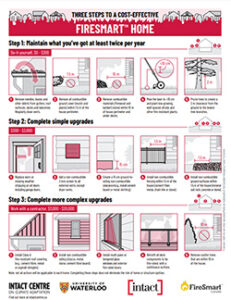
Ways to Save on Your Home Insurance
As a broker, Staebler Insurance is constantly comparing rates and looking to find you the best coverage and the best value. It’s one of the 7 Really Good Reasons to Use an Insurance Broker.
Be sure to bundle. Have your home, condo, or tenant insurance with the same insurance company as your auto insurance. If others in your household also have a vehicle, insure them on the same account and you can see an average of 10-20% savings.
Consider the use of telematics and usage-based insurance. Your safe driving habits can net savings between 10-30% off your premium.
Be sure to let your broker know where you work. Our popular Group Rate Insurance Program can see savings between 10-25%. And tell your broker if you’ve installed snow tires during the winter months, for an additional discount of up to 5%.
. . .
Staebler Insurance is a general insurance broker specializing in car insurance, home insurance, small business insurance, and commercial insurance. Staebler Insurance Brokers proudly serve Kitchener, Waterloo, Cambridge, Guelph, Stratford, Listowel, Fergus, Elora, Wellington County, Perth County, Waterloo Region, the Greater Toronto Area, Golden Horseshoe, Niagara Region, and all over beautiful Ontario, Canada. Get a Quote to get started today.


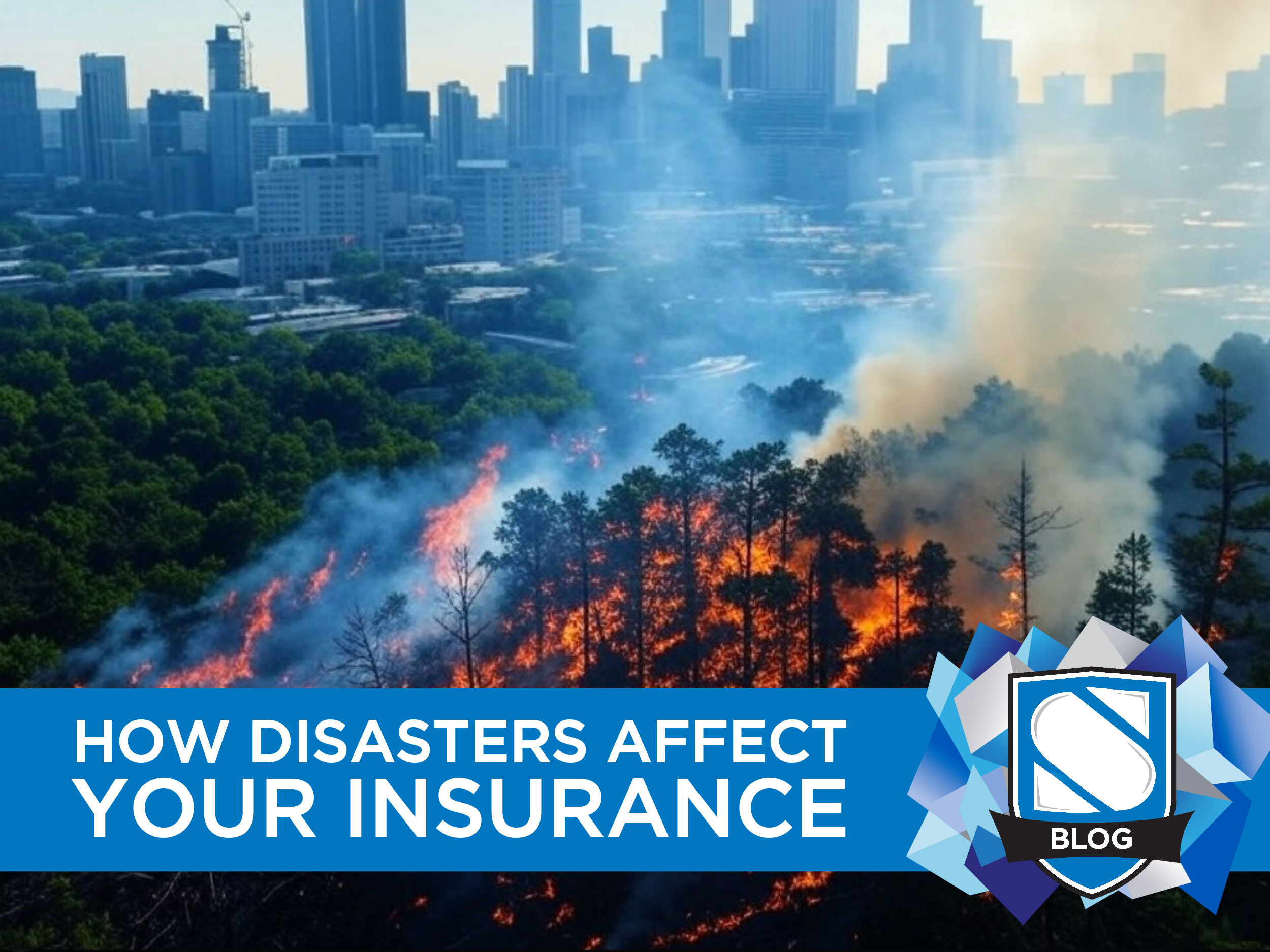


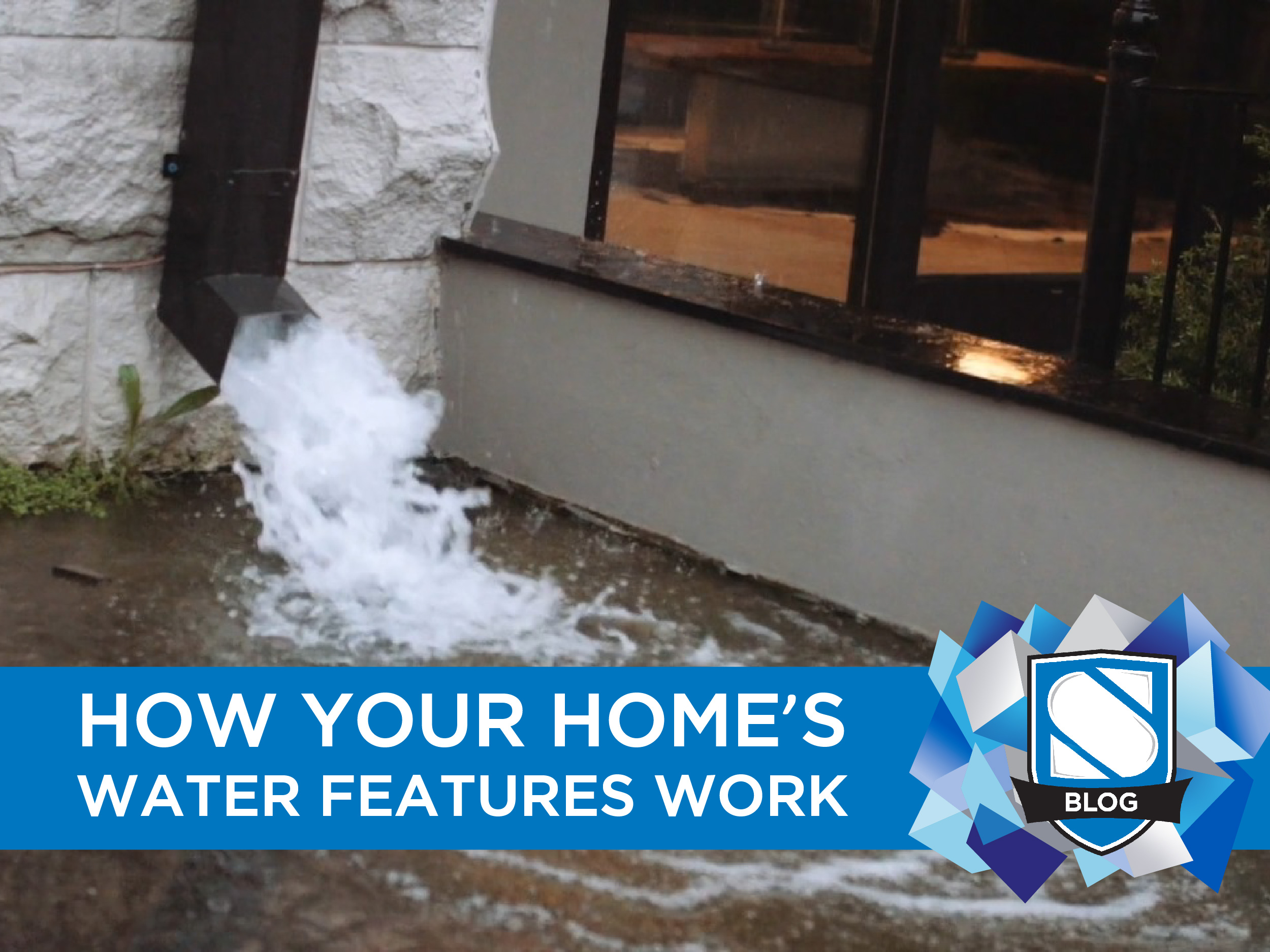


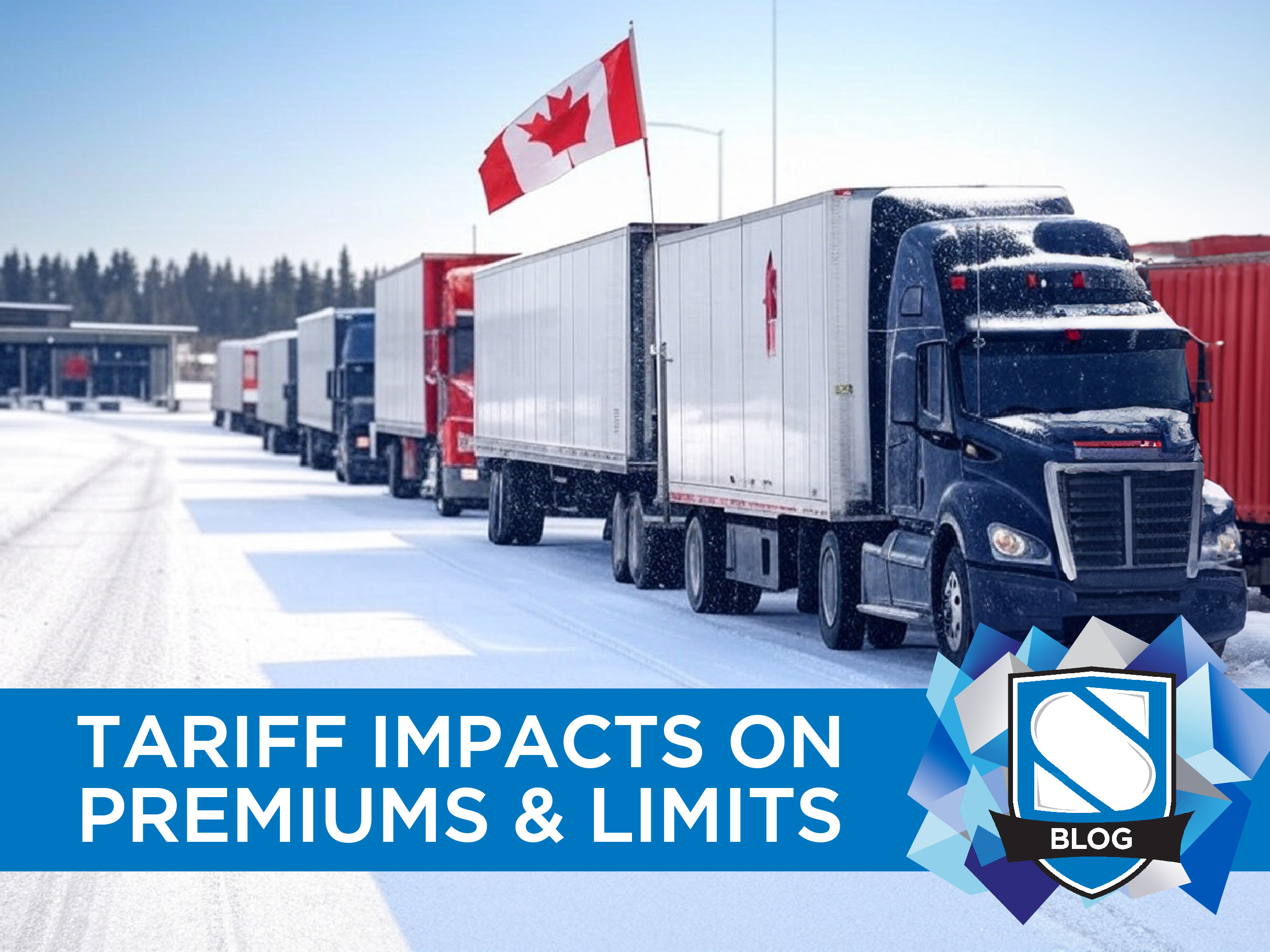
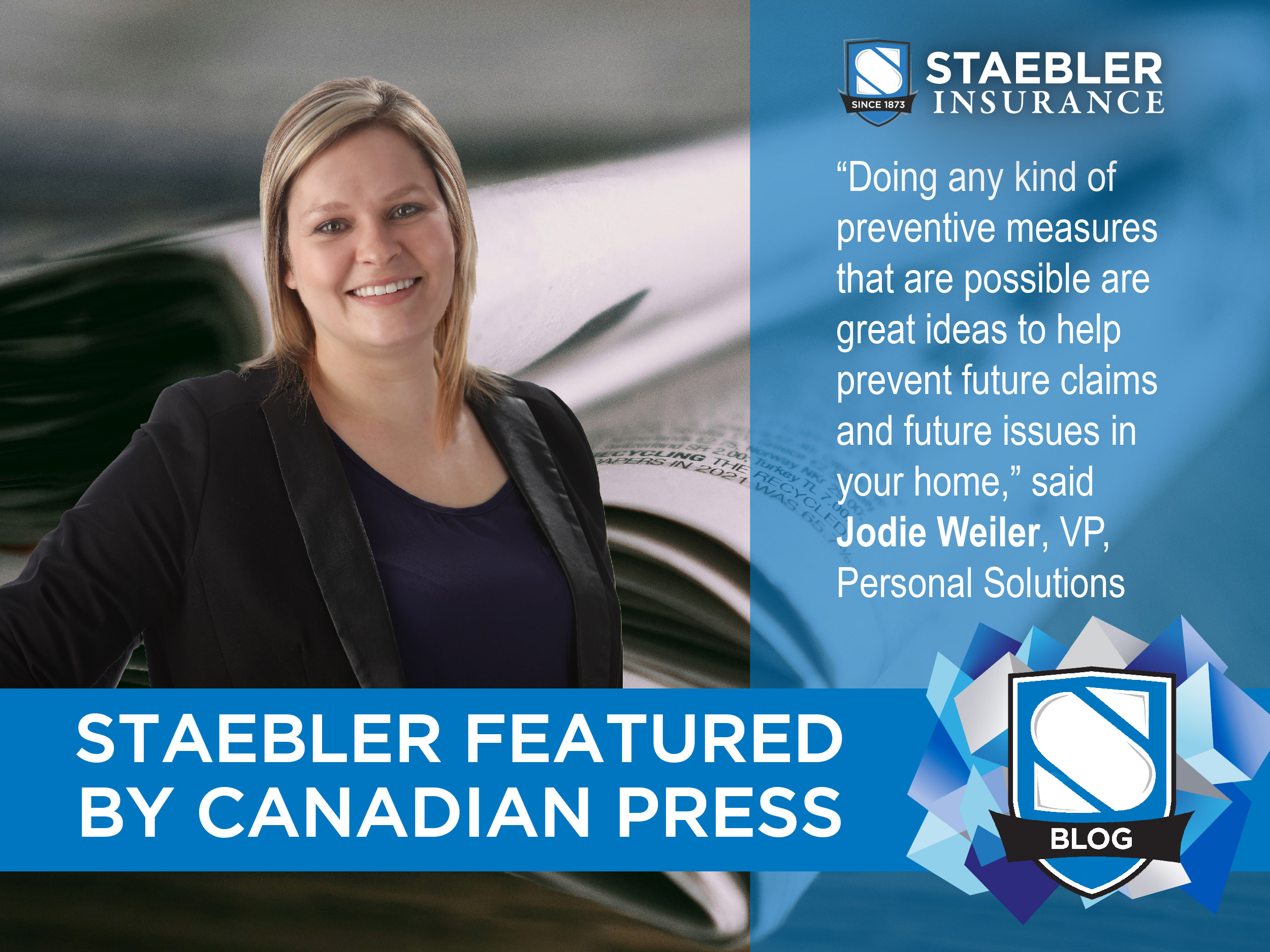

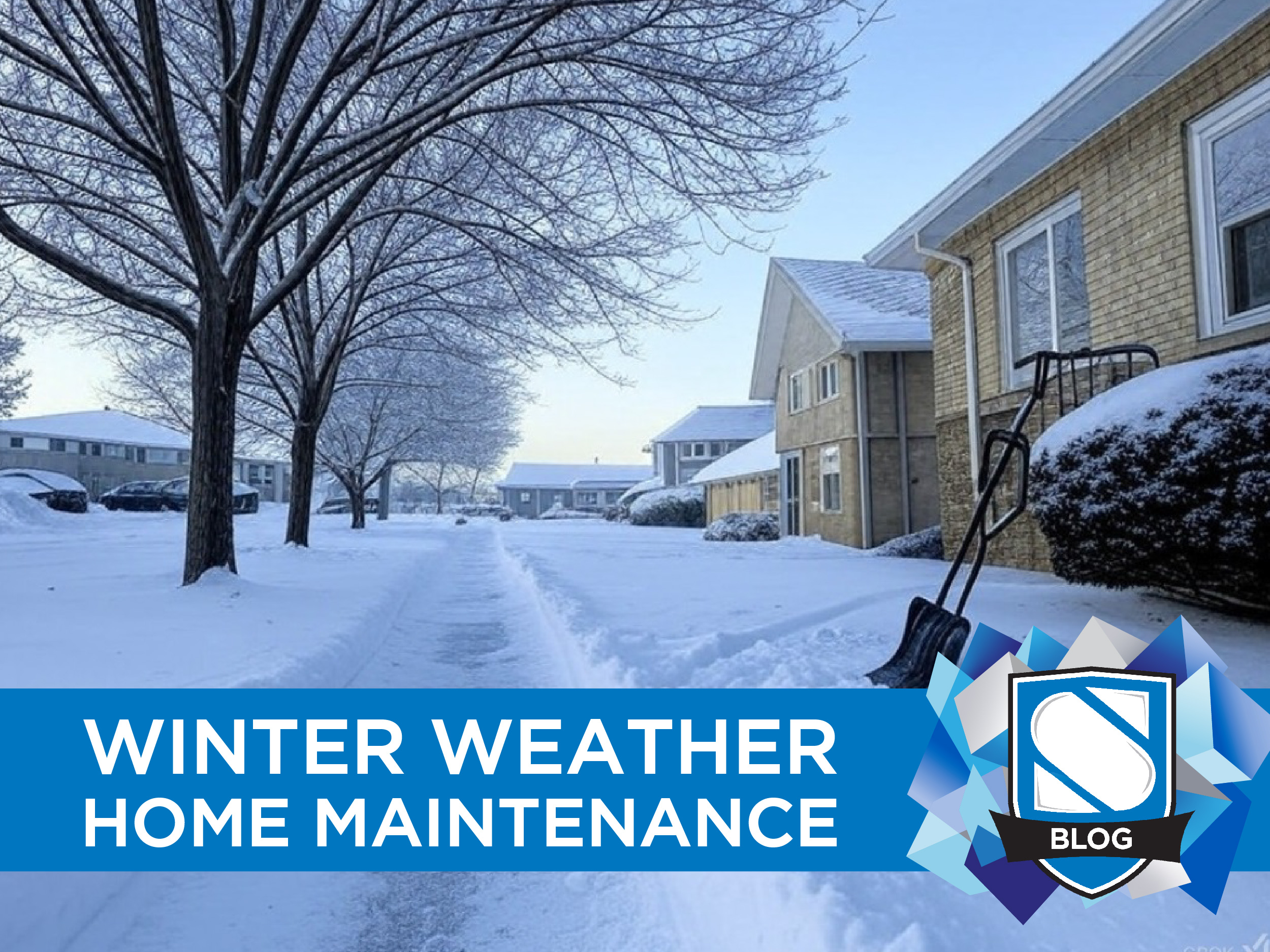
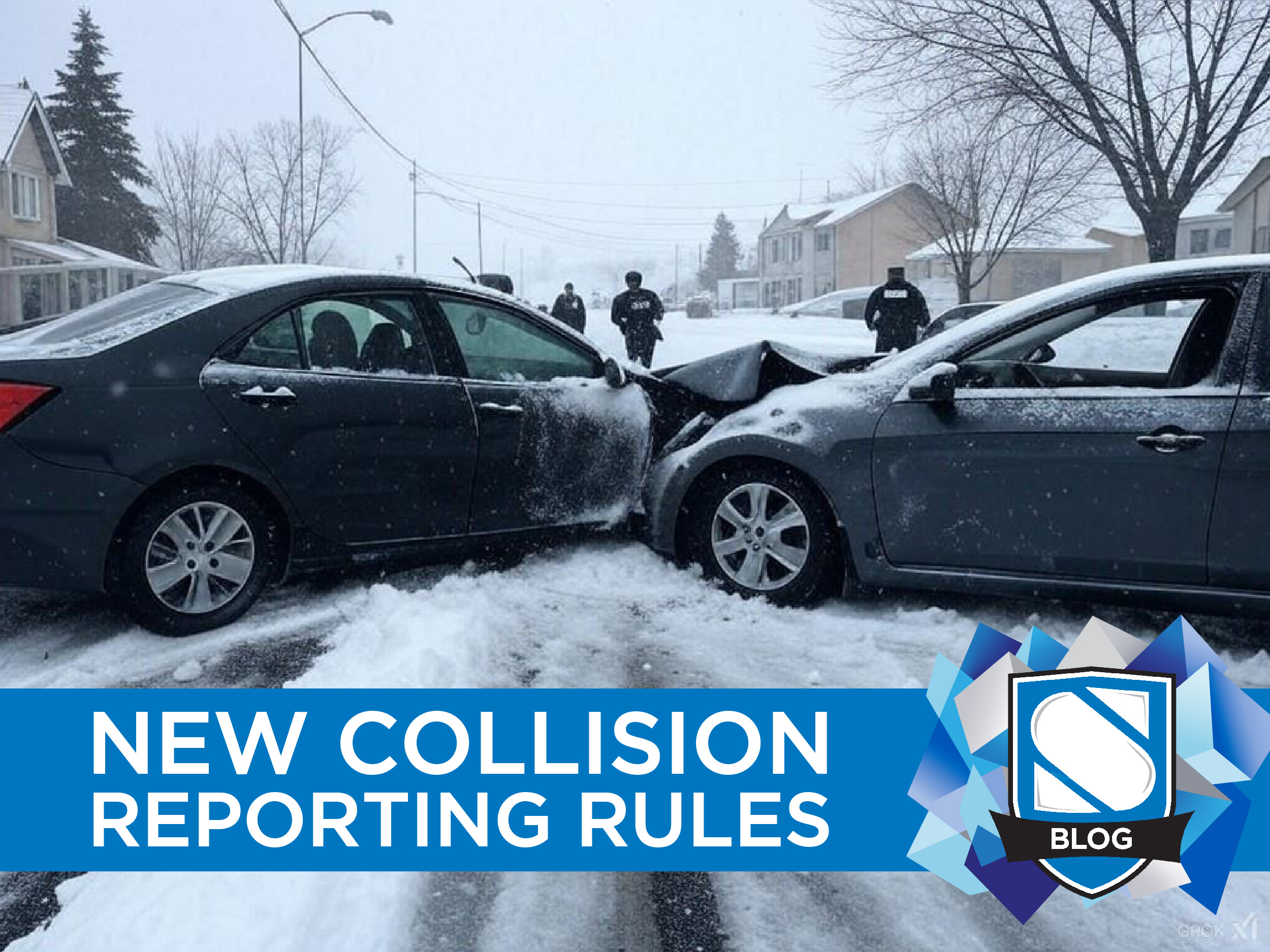

0 Comments